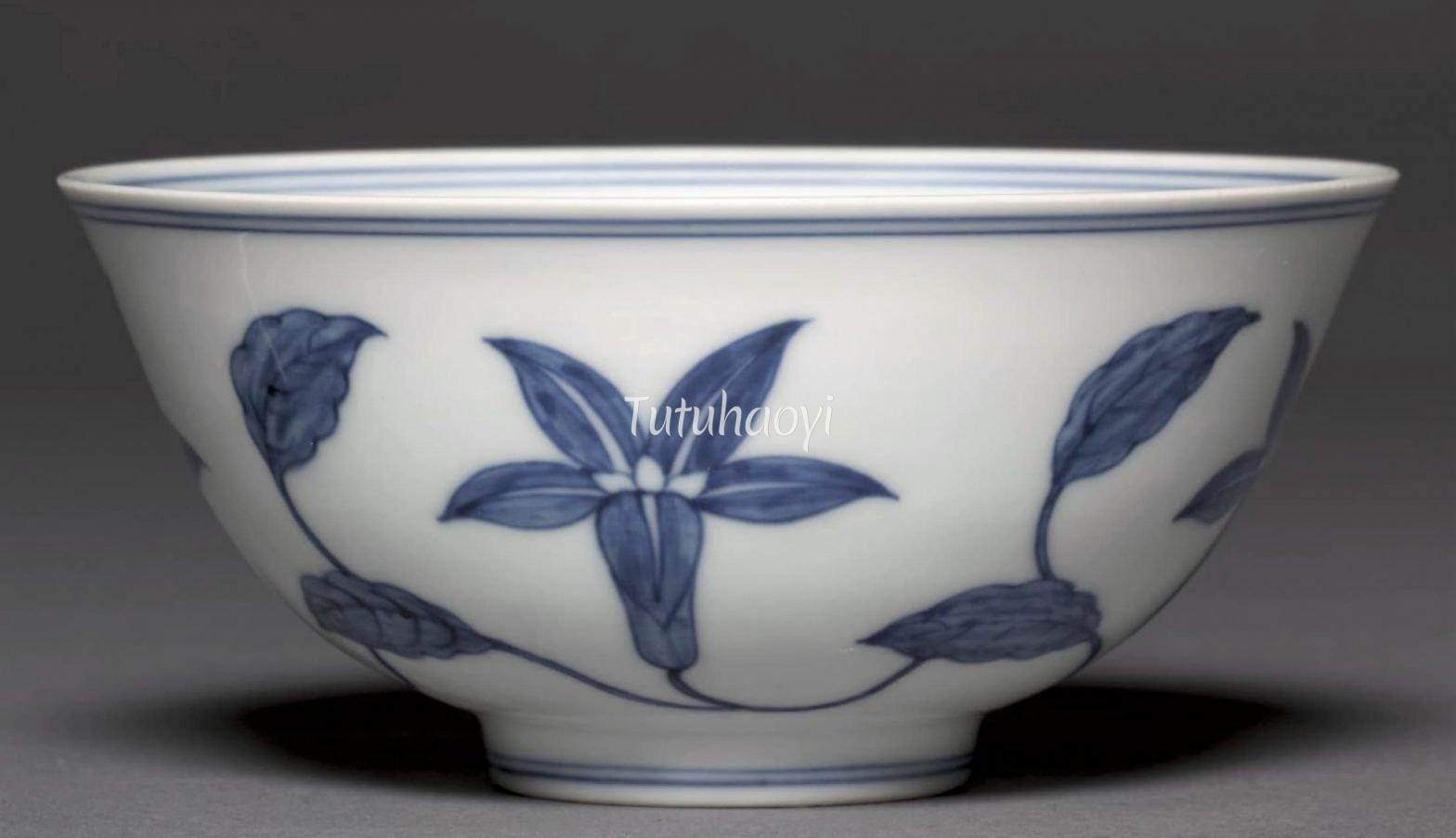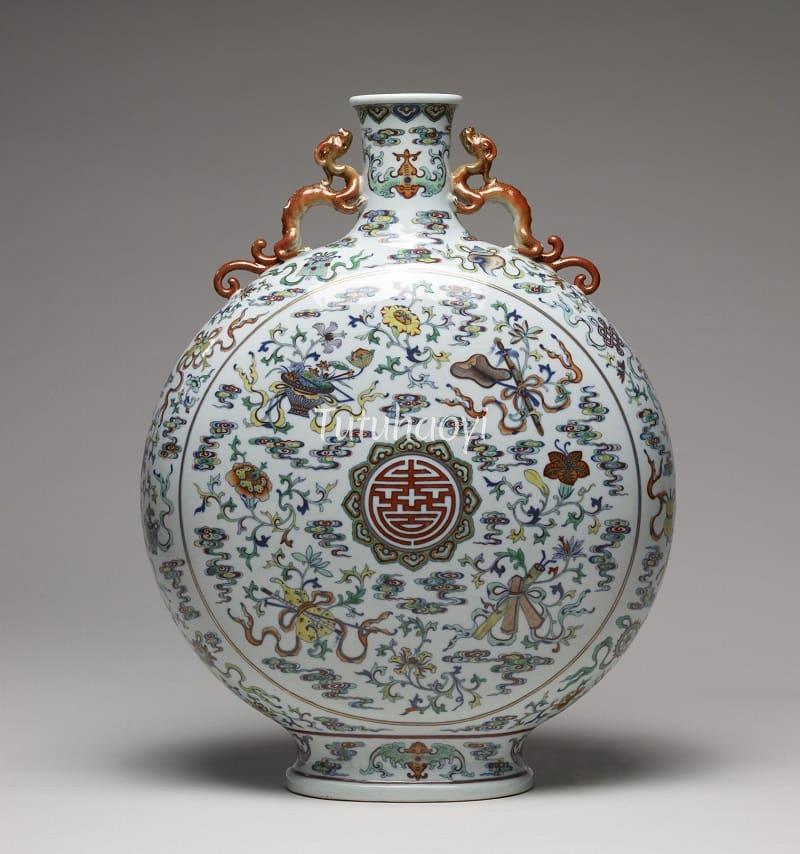- No products in the cart.
Chinese Pinyin: Xuan Cao (Bai He Hua)
Chinese: 萱草 (百合花)
Name Of Image: Lily
Description:
‘Xuan 萱’ comes from ‘xuan cao 萱草’, the Chinese name for ‘lily’. In traditional Chinese decorative arts, lily flowers symbolise motherhood and maternal bonds with children, and they figure prominently on articles created for mothers, expecting or being a birthday …




